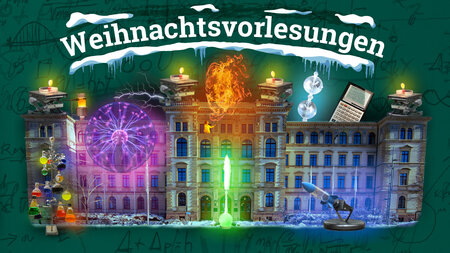Die TU Chemnitz in den Medien – Archiv
Unter Umständen sind einige der verlinkten Beiträge nicht mehr einsehbar.
18 Suchergebnisse

Unter Umständen sind einige der verlinkten Beiträge nicht mehr einsehbar.
18 Suchergebnisse

Mit allen Sinnen genießen: TU Chemnitz lädt am 3., 17., 18. und 19. Dezember 2025 zu insgesamt sechs Weihnachtsvorlesungen ein …

TUC-Studentin Lisa Schäfer überzeugt bei Deutschen Meisterschaften im Showdance und glänzt bei Weltmeisterschaften in Italien und Belgien – weitere TUC-Studierende in erfolgreichen Formationen vertreten …

Sprach-Kunstwerke von Studierenden der TU Chemnitz werden am 18. Dezember 2025 in der Universitätsbibliothek präsentiert, bevor sie im Anschluss im Internet zu sehen sind …

Masterstudiengänge in den Fächern Elektrotechnik und Informationstechnik, Maschinenbau sowie Psychologie der TU Chemnitz erreichen mehrfach Spitzenbewertungen …
Lesung, Vorträge, Diskussion, Buchsignierung: Wie können wir zukünftige …
Gemäß „StudyCheck Award 2025“ ist die TUC die beliebteste Universität …
Öffentliche Podiumsdiskussion über Sicherheit, Wahrnehmungen und …
Am 17.12. lädt die Fakultät für Wirtschaftswissenschaften zur …
Wie lassen sich beispielsweise winterliche Luftströmungen in der …
Weihnachtsvorlesung, in der physikalische Sachverhalte mit Hilfe vieler …